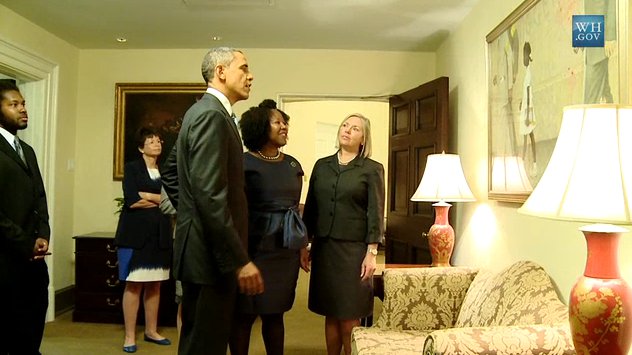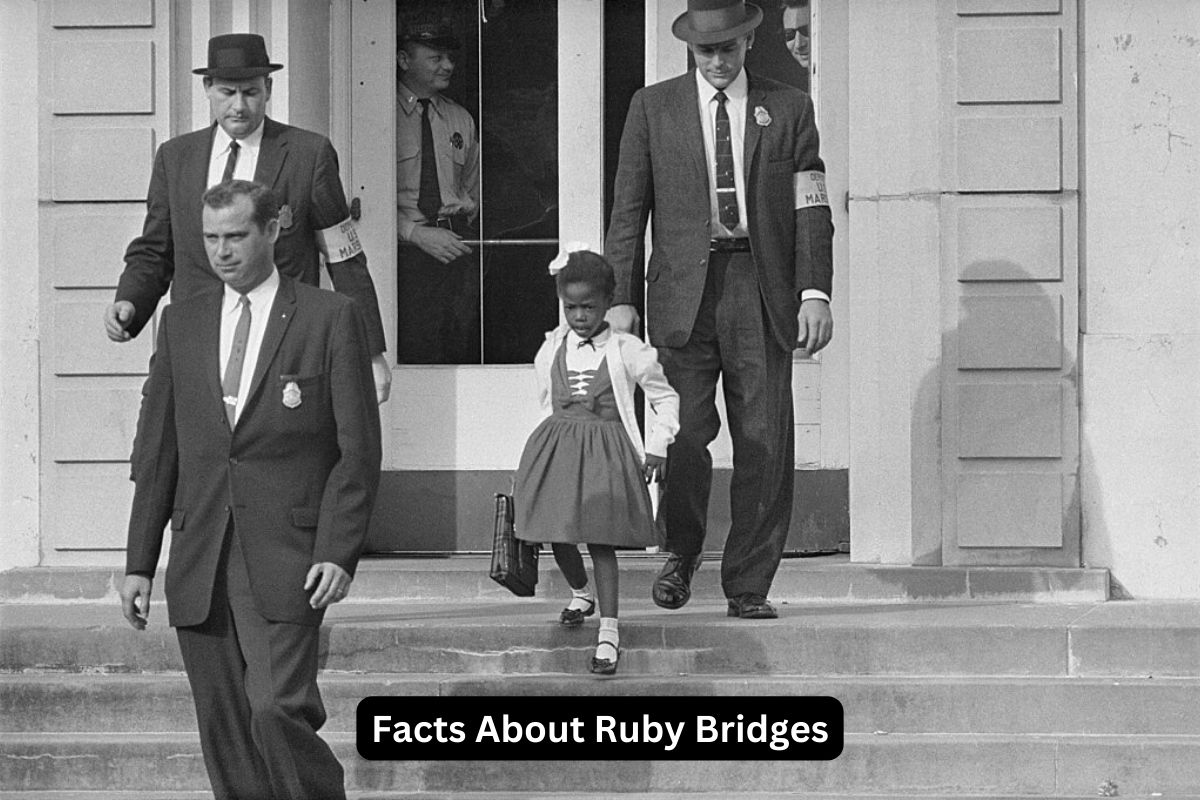Ruby Bridges is an iconic figure in American history, known for her courage and determination as the first African American child to desegregate an all-white elementary school in the South.
Born in 1954, Ruby’s enrollment at William Frantz Elementary School in New Orleans, Louisiana, amidst hostility and resistance, sparked national attention during the Civil Rights Movement.
Despite facing threats and protests, Ruby’s bravery became a symbol of hope and progress, leaving a profound impact on the fight for racial equality.
Her inspiring story continues to resonate, reminding us of the power of education and the importance of standing up for justice.
Ruby Bridges Facts
1. Ruby Bridges was born on September 8, 1954
Ruby Nell Bridges was born in Tylertown, a small town in Mississippi. She was the eldest of five children born to Abon and Lucille Bridges. Growing up in the racially segregated South, Ruby experienced the hardships and injustices faced by African Americans during that era.
2. She was the first African American child to desegregate an all-white elementary school in the South
In 1960, at the tender age of six, Ruby became a pivotal figure in the Civil Rights Movement when she was selected to participate in the integration of public schools following the Supreme Court’s landmark ruling in Brown v. Board of Education (1954).
Also Read: Ruby Bridges Timeline
The decision declared racial segregation in public schools unconstitutional, but many Southern states resisted the ruling, continuing to enforce segregation.
3. Ruby attended William Frantz Elementary School in New Orleans, Louisiana
The integration plan in New Orleans involved selecting six African American girls to attend previously all-white schools. Ruby was among the six children who passed the entrance exam for William Frantz Elementary School.
Also Read: Accomplishments of Ruby Bridges
Due to its location in the racially divided city, the school was surrounded by white neighborhoods, making it a significant and controversial site for integration.

4. Federal marshals escorted her to school for her safety
Ruby’s enrollment at William Frantz Elementary School was met with fierce opposition from white segregationists. In order to ensure her safety and protect her from potential harm, the federal government assigned U.S. Marshals to escort Ruby to and from school each day.
As she walked through the angry mob of protesters shouting racial slurs and threats, she displayed immense courage and composure despite her young age.
5. Ruby was the only African American student in her school for a year
In the face of the hostile opposition, white parents kept their children out of school, and Ruby was the only African American student to attend William Frantz Elementary School during that first year of integration.
Despite the loneliness and isolation, she remained resolute in her determination to receive an education and persisted in attending school every day.
6. She was taught by Barbara Henry, who provided one-on-one education and support
Ruby’s teacher, Barbara Henry, played a critical role in supporting her during this challenging time. Barbara was a dedicated educator who provided Ruby with one-on-one instruction for the entire year.
With no other students in the classroom, Ruby and Barbara developed a close bond. Barbara’s dedication and encouragement helped Ruby cope with the difficult circumstances and allowed her to make progress academically.
Barbara Henry’s commitment to teaching Ruby under such extraordinary circumstances demonstrated the power of education and the positive impact a caring teacher can have on a young student’s life.
Despite the adversity and isolation, Ruby’s determination to learn and the unwavering support she received from her family and teacher laid the foundation for her future activism and advocacy for civil rights and education.
7. Many white families boycotted the school in protest of integration
The decision to integrate the previously all-white school led to a strong backlash from white parents who opposed racial desegregation.
In protest, many white families chose to withdraw their children from William Frantz Elementary School, causing a significant decline in the school’s enrollment.
The boycott was a reflection of the deep-rooted racism and resistance to change prevalent in some parts of American society during that period.
8. Ruby’s bravery became a symbol of the Civil Rights Movement
Ruby’s courageous act of attending an all-white school amidst hostility and adversity garnered national and international attention.
Her determination to pursue an education despite facing intimidation and danger turned her into a symbol of the Civil Rights Movement.
People across the country were inspired by her bravery, and her story highlighted the urgency of ending segregation and promoting racial equality in American society.
9. She received the Presidential Citizens Medal from President Bill Clinton in 2001
In recognition of her significant contribution to civil rights and her lifelong commitment to promoting tolerance and diversity, Ruby Bridges received the Presidential Citizens Medal.
President Bill Clinton bestowed this prestigious award upon her in 2001, honoring her bravery and the positive impact she had on advancing civil rights and social justice in the United States.
10. Ruby Bridges established the Ruby Bridges Foundation to promote tolerance and diversity
In 1999, Ruby Bridges founded the Ruby Bridges Foundation to further her mission of promoting tolerance, respect, and appreciation for diversity. The foundation’s primary goal is to work towards creating a more inclusive society where people of all backgrounds can live together harmoniously.
Through education, outreach programs, and advocacy, the foundation aims to inspire positive change and foster understanding among individuals from different racial, ethnic, and cultural backgrounds.
Ruby Bridges’ ongoing dedication to civil rights and education has left a lasting legacy. Her brave actions as a young child helped pave the way for greater integration in schools and opened doors for future generations. Her story continues to be taught in schools, and she remains an influential figure in the fight for equality and justice. By establishing her foundation, she has continued her advocacy work, ensuring that the lessons of the Civil Rights Movement remain relevant and impactful in today’s society.
